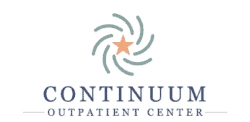Risk Factors for Substance Abuse
Written by our Ripple Ranch Recovery Center staff & reviewed by Dr. Jeffrey L. Butts and Crissy Clark, LCSW-S, EMDR – Executive Director
Risk Factors for Substance Abuse: Introduction

Table of Contents
Learn More About Ripple Ranch Recovery Center
Understanding Substance Abuse
Diagnosing Substance Abuse
- Significant distress
- Impairment in social or occupational functioning
- A lack of control over substance use
"Assessing a new patient for risk factors for addiction involves a comprehensive evaluation of their medical, family, and psychosocial history. A thorough examination of family dynamics, including any history of substance use disorders, helps identify potential genetic influences. Exploration of the patient's personal experiences, stressors, and coping mechanisms contributes to understanding environmental risk factors. Utilizing standardized assessment tools and conducting open and empathetic discussions allows for a holistic evaluation, enabling the development of a targeted treatment plan that addresses the unique risk factors identified in each individual."
Dr. Butts Tweet
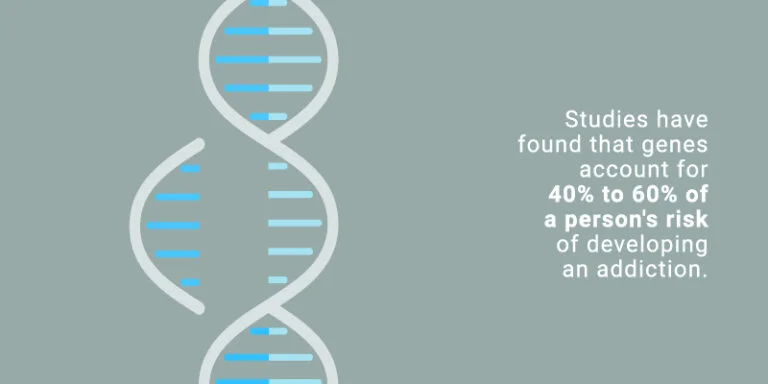
Risk Factors for Substance Abuse: Features Classifying Substance Abuse
- Impaired control: A person may repeatedly consume the substance in larger amounts or for a longer period than intended. They may express a persistent desire or unsuccessful efforts to cut down or control substance use.
- Social impairment: Substance abuse can lead to the neglect of major social, occupational, or recreational activities. This may include problems at work, school, or home. It may also include conflicts with family and friends.
- Risky use: A person may continue to use substances despite knowing that it’s causing or worsening physical or psychological problems. This includes using substances in situations where it’s hazardous (e.g., drinking and driving) or using despite knowing it worsens a medical condition.
- Pharmacological criteria: The person may develop tolerance (needing more of the substance to achieve the desired effect) and withdrawal symptoms when they stop using the substance.
- Time and effort spent: A significant amount of time is spent getting, using, or recovering from the effects of the substance.
- Loss of control: The person may repeatedly try to cut down or control their substance use but is unable to do so.
Important Note About Substance Abuse
- Alcohol
- Illicit drugs (e.g., cocaine, heroin, marijuana)
- Prescription medications (e.g., opioids, benzodiazepines)
- Non-substance-related addictive behaviors like gambling
Risk Factors for Substance Abuse
- Genetic and environmental factors
- Early life experiences
- Mental health conditions
- Peer pressure and social influence
- Socioeconomic status and education
- Easy access to drugs and alcohol
- Personality traits and substance abuse
How Addiction Happens: an Overview
Genetic and Environmental Risk Factors for Substance Abuse
Genetic Factors
Family History
Genetic Variations
Environmental Factors
"In the patients I treat, a combination of environmental and genetic risk factors contributes to addiction vulnerability. Environmental factors such as exposure to substance use within the family or peer groups, high-stress levels, and a lack of social support often play a significant role. Additionally, genetic predispositions, particularly a family history of substance use disorders, can heighten susceptibility. Recognizing and addressing these interconnected factors is essential in developing personalized treatment plans to mitigate the impact of both genetic and environmental influences on addiction in the individuals I work with."
Dr. Butts Tweet
Gene-Environment Interaction
Risk Factors for Substance Abuse: Early Life Experiences
Childhood Trauma
Adverse Childhood Experiences (ACEs) and Substance Use Disorder
Neglect
Risk Factors for Substance Abuse: Mental Health
Self-Medication
- Lifting mood
- Reducing anxiety
- Numbing emotional pain linked to traumatic experiences
Co-Occurrence
Escapism
Impaired Decision-Making
Biological Factors
Social Isolation
Comorbidity
Risk Factors for Substance Abuse: Personality Traits and Substance Abuse
Impulsivity
- Self-report questionnaires
- Behavioral assessments
- Clinical interviews
Sensation-Seeking Behavior
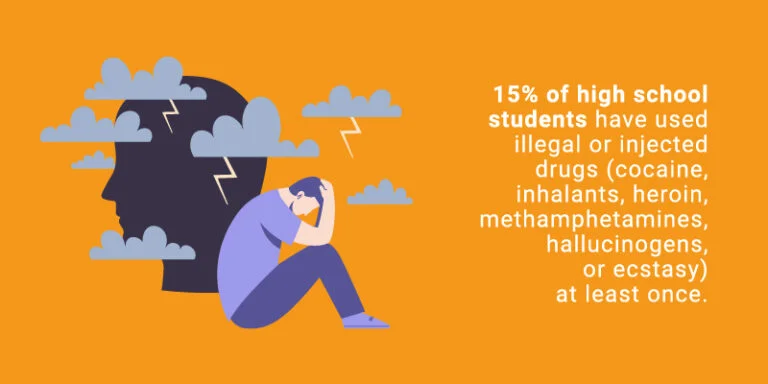
Risk Factors for Substance Abuse: Peer Pressure and Social Influence
Adolescents and Young Adults
- Identity formation: During adolescence and early adulthood, people are in the process of forming their identities. The desire to fit in and be accepted by one’s peer group can be exceptionally strong.
- Risk-taking behavior: Young people are more inclined toward risk-taking behaviors. This can include experimenting with substances. The excitement of trying something new can be appealing, especially when peers are encouraging such behaviors.
- Perception of invincibility: Adolescents and young adults underestimate the long-term consequences of substance abuse. They may perceive themselves as invincible, further facilitating experimentation.
- Sensitivity to social influence: The developing social brain in adolescence heightens sensitivity to peer influence. This makes them more susceptible to peers’ behaviors and attitudes.
Social Norms
- Cultural influence: Cultural norms shape attitudes toward substance use. In some cultures, certain substances may be traditionally used in rituals that influence experimentation.
- Societal acceptance or stigma: Social acceptance or stigma regarding substance use influences behavior. Positive portrayals in media can encourage use, while societal stigma can deter adolescents from experimenting.
- Peer group norms: Adolescents select peers with similar attitudes and behaviors. A peer group encouraging substance use can pressure conformity, while one discouraging it acts protectively.
Risk Factors for Substance Abuse: Socioeconomic Status and Education
Higher SES and More Education
Lower SES and Less Education
Knowledge and Prevention
Mental Health and Support
Treatment Access
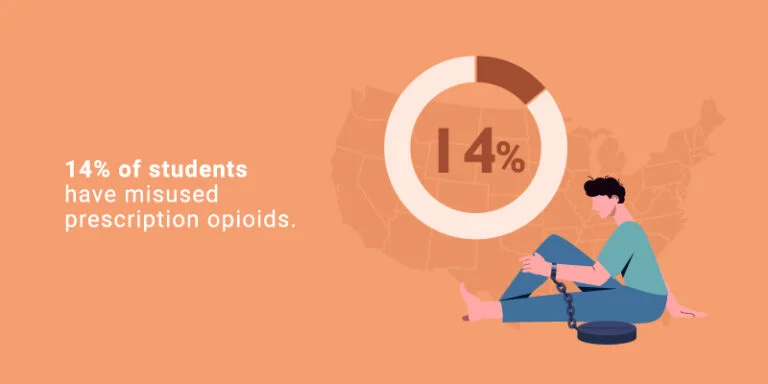
Risk Factors for Substance Abuse: Access to Drugs and Alcohol
Increased Availability
Lowered Perception of Risk
Lack of Protective Factors
Co-Occurrence of Substance Abuse
Identifying and Addressing Risk Factors for Substance Abuse
Education and Awareness
School-Based Programs
- Character education
- Emotional intelligence
- Life skills
- Substance abuse prevention
Mental Health Support
Family and Community Involvement
"Educating patients and their families about mitigating risk factors for addiction involves fostering awareness and imparting practical strategies. I emphasize the importance of open communication within the family to address potential environmental stressors. Psychoeducation sessions provide information on genetic predispositions and how lifestyle choices can influence addiction vulnerability. Collaborative discussions focus on developing strong support systems and coping mechanisms, equipping both patients and their families with the knowledge and tools to actively participate in prevention efforts."
Dr. Butts Tweet
Social Support Networks
Promote the development of supportive social networks. Healthy peer groups, friends, family, and mentors can provide positive influences and alternative ways to meet social and emotional needs.
Resilience-Building Programs
- Stress
- Adversity
- Emotional challenges
Early Screening and Intervention
Harm Reduction Strategies
Tailored Approaches
Community Resources
- Prevention programs
- Counseling services
- Support groups
Positive Role Models
- Media
- Community leaders
- Influential figures
Promotion of Healthy Activities

Ripple Ranch and Our Commitment to Substance Abuse Risk Awareness
- Making informed choices
- Promoting mental well-being
- Building resilience
"Addressing identified risk factors for addiction is integral to the treatment process. Interventions may involve psychoeducation to enhance awareness of genetic predispositions and coping mechanisms for environmental stressors. Implementing cognitive-behavioral strategies helps patients develop healthier responses to triggers. Ongoing therapeutic support, both individually and within group settings, provides a platform for discussing and managing these risk factors, fostering a more comprehensive and sustainable approach to addiction treatment."
Crissy Clark Tweet
Substance Abuse Treatment Opportunities
- Art therapy
- Cognitive behavioral therapy (CBT)
- Dialectical behavioral therapy (DBT)
- Dual diagnosis treatment
- Experiential therapy
- Family system approach to treatment
- Meditation
- Motivational enhancement
- Motivational interviewing (MI)
- Psychoeducational groups
What is DBT?
Reach Out to Ripple Ranch and Begin Healing
Resources
- 1https://medlineplus.gov/ency/article/001522.htm
- 2https://www.verywellmind.com/dsm-5-criteria-for-substance-use-disorders-21926
- 3https://www.ncbi.nlm.nih.gov/pmc/articles/PMC9731175/
- 4https://www.healthline.com/health/addiction/risk-factors
- 5https://health.clevelandclinic.org/is-addiction-genetic/
- 6https://pubmed.ncbi.nlm.nih.gov/35219756/#:~:text=Early%20life%20stress%20(ELS)%20is,to%20adverse%20substance%20use%20outcomes
- 7https://www.nimh.nih.gov/health/topics/substance-use-and-mental-health#:~:text=Substance%20use%20disorder%20(SUD)%20is,drugs%2C%20alcohol%2C%20or%20medications.
- 8https://pubmed.ncbi.nlm.nih.gov/32400279/
- 9https://www.ncbi.nlm.nih.gov/pmc/articles/PMC3410945/




